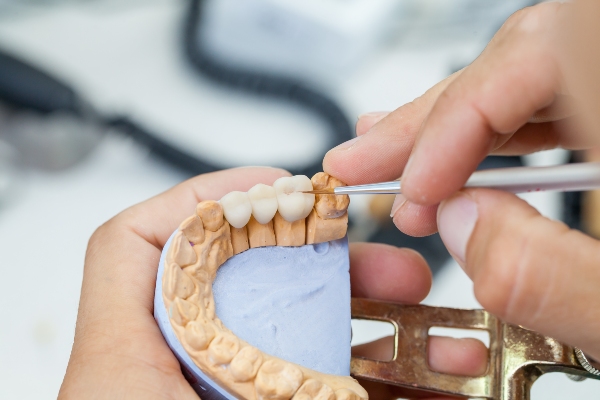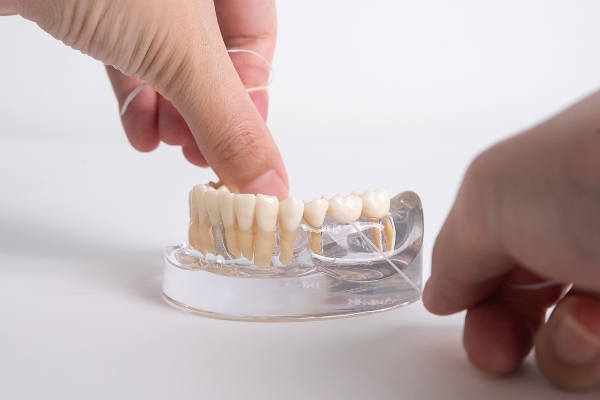A Step-by-Step Guide to No-Prep Dental Veneers

Dental veneers offer an efficient and effective cosmetic solution for individuals seeking to enhance the appearance of their smiles. Among the options available, no-prep dental veneers have become increasingly popular due to their conservative approach. These ultra-thin shells improve the shape, color, and alignment of teeth without extensive enamel removal. This guide outlines the step-by-step process of the no-prep veneer process, helping patients understand what to expect and how this option differs from traditional veneers.
What makes no-prep veneers unique
Unlike conventional dental veneers, which require the removal of a thin layer of enamel to make room for the veneer, no-prep veneers fit directly over the existing tooth structure. This approach minimizes the risk of tooth sensitivity and preserves more of the natural enamel. No-prep veneers are ideal for patients with minor cosmetic concerns such as small gaps, uneven tooth edges, mild discoloration, or worn enamel.
Step 1: Consultation and evaluation
The first step in the no-prep dental veneer process is a comprehensive consultation. During this visit, the dentist evaluates the condition of the teeth, gums, and bite alignment. A full oral exam, including digital X-rays or scans, helps determine whether no-prep veneers are the most appropriate solution.
At this stage, the dentist discusses the patient's cosmetic goals, answers questions, and outlines treatment expectations. Photographs and digital impressions can aid in the design of the veneers and ensure an ideal fit and aesthetic result.
Step 2: Digital smile design and planning
After the initial consultation, the next step involves digital planning. The dentist designs a virtual preview of the final outcome using advanced imaging technology. This stage is critical in customizing the veneers' shape, size, and color to complement each patient's facial features and smile line.
The digital design also serves as a blueprint for the dental lab, ensuring the final veneers will precisely match the plan. Sometimes, we fabricate a mock-up or temporary model to give the patient a tangible preview of their new smile before the final veneers.
Step 3: Fabrication of the veneers
Once the design is approved, the case is sent to a dental laboratory where the no-prep veneers are crafted. These veneers are typically made from high-quality porcelain or ceramic materials known for their strength, durability, and natural appearance.
The fabrication process must be meticulous because no-prep veneers are thinner than traditional options. The goal is to create ultra-thin, yet strong veneers that blend seamlessly with the surrounding teeth without looking bulky or unnatural.
Step 4: Fitting and bonding
When the final veneers are ready, the patient returns to the office for placement. During this appointment, the dentist checks each veneer's fit, shape, and color. Minor adjustments can be made at this time to ensure a natural look and comfortable fit.
After confirming the aesthetics and function, the dentist prepares the teeth by cleaning and lightly etching the enamel surface to promote a strong bond. A specialized dental adhesive is then applied, and each veneer is carefully placed and cured with a high-intensity light.
The final result is a restored smile with improved symmetry, brightness, and overall appearance—often achieved in just two visits.
Step 5: Post-care and maintenance
Following the placement of no-prep dental veneers, patients are encouraged to maintain their oral health with consistent brushing, flossing, and routine dental cleanings. Although veneers are stain-resistant and durable, avoiding excessive force (such as biting hard objects) will help preserve their longevity.
A follow-up visit may be scheduled to evaluate the veneers' fit and function and make any necessary refinements. With proper care, no-prep veneers can last a decade or more.
Benefits of no-prep veneers
No-prep dental veneers offer several advantages for individuals seeking cosmetic improvements with minimal intervention. Some of the most notable benefits include:
- Little to no enamel removal
- Reduced tooth sensitivity
- Quick and comfortable process
- Natural-looking aesthetic results
These benefits make no-prep veneers an appealing option for many patients, especially those who want a minimally invasive way to enhance their smile.
When to consider no-prep veneers
No-prep dental veneers are most suitable for individuals with relatively healthy teeth who want to correct cosmetic flaws without undergoing more extensive restorative procedures. Those with minor chips, mild discoloration, or small gaps between teeth may find this solution offers a fast and effective improvement.
A confident, minimally invasive transformation
No-prep dental veneers offer a modern solution for smile enhancement without the need for extensive dental work. With proper planning and expert application, patients can achieve dramatic results that preserve their natural tooth structure while creating a brighter, more harmonious smile.
To schedule a consultation, request an appointment on our website at https://www.martinimplants.com or call Martin Dentistry at (209) 299-7907 for an appointment in our Stockton office.
Check out what others are saying about our dental services on Yelp: Dental Veneers and Dental Laminates in Stockton, CA.
Related Posts
Dental veneers are a popular cosmetic solution for people looking to improve their smile, but not every person is an ideal candidate. Before moving forward with dental veneers, it helps to understand the procedure, maintenance, and potential results. Asking the right questions not only helps make the process go smoothly, but also helps patients become…
You can benefit from getting dental veneers if you want to improve your smile. Dental veneers are thin coverings that are attached to the front surface of teeth to make a smile more pleasing. They can help to fix a wide range of cosmetic dental issues. There are many potential benefits of getting veneers, which…
Treatments available to improve minor aesthetic issues with your teeth include dental veneers that cover up such imperfections to give your teeth a more uniform appearance. There are two separate treatments that are referred to as veneers, and while they accomplish the same purpose, they have little in common with one another otherwise.Knowing the difference…
If someone has a broken tooth, it is important to get it repaired. A crack makes it easier for bacteria to get into the tooth, and since it may be almost impossible to brush or floss the area, it can quickly lead to decay or infection. Depending on the location and severity of the break,…


